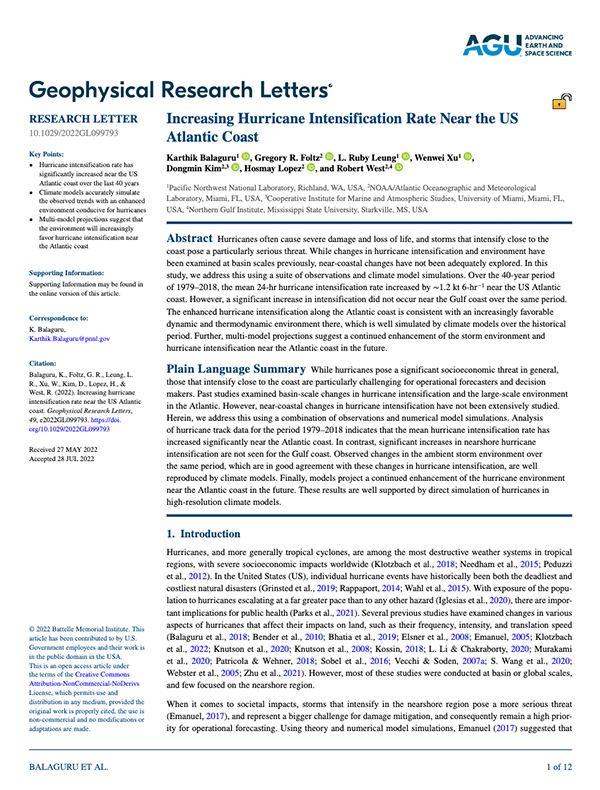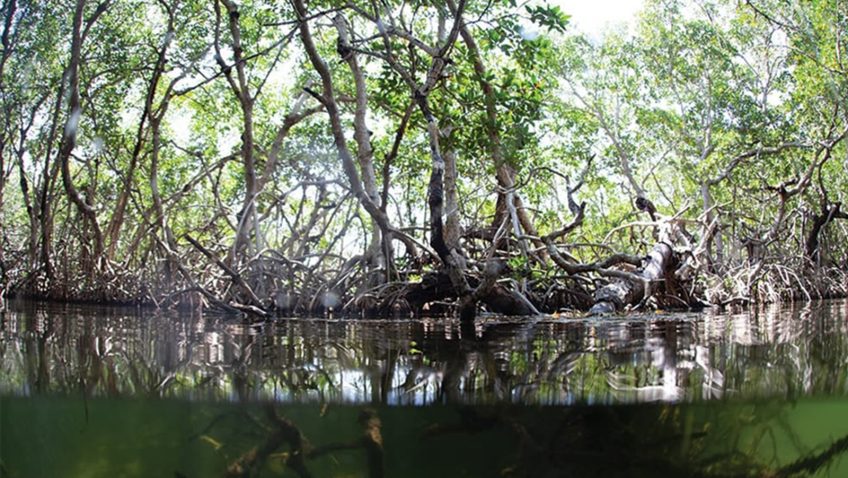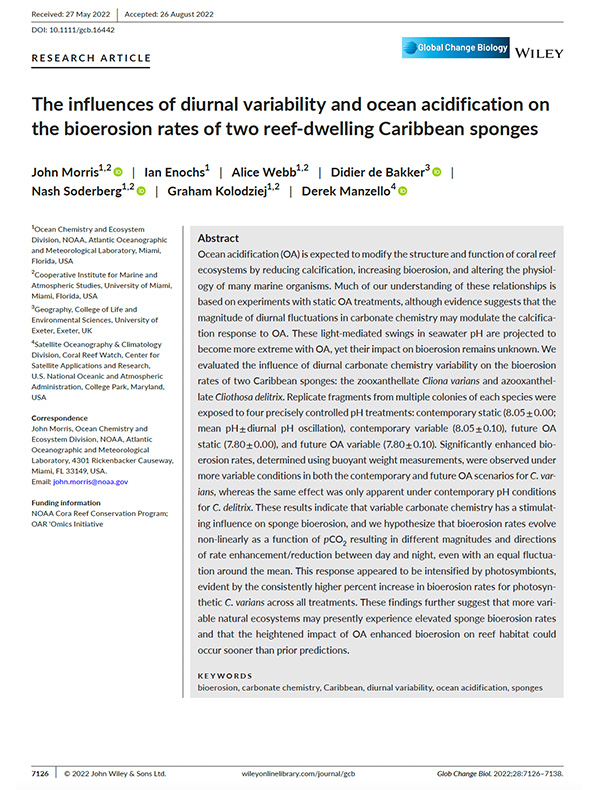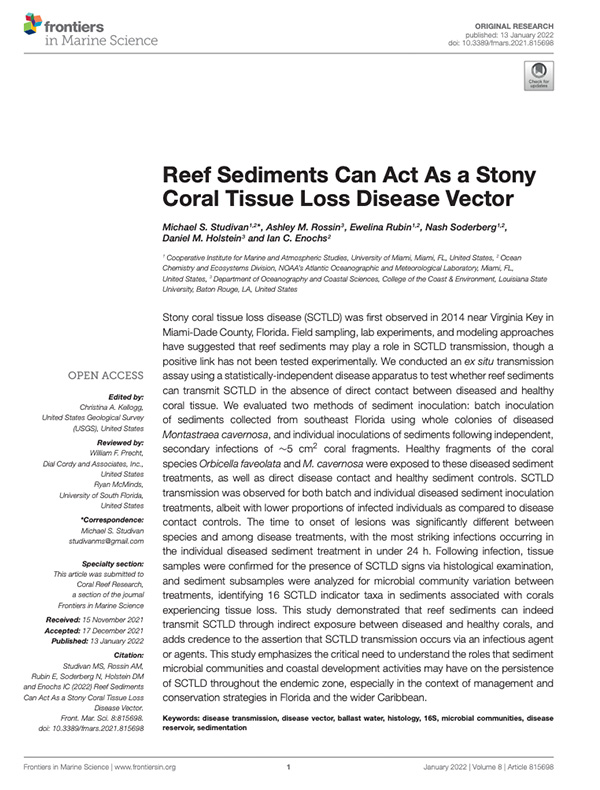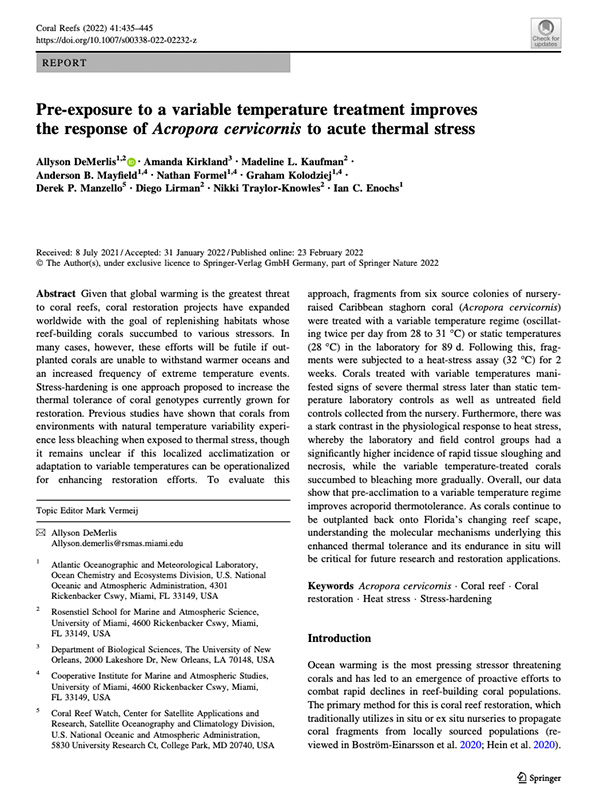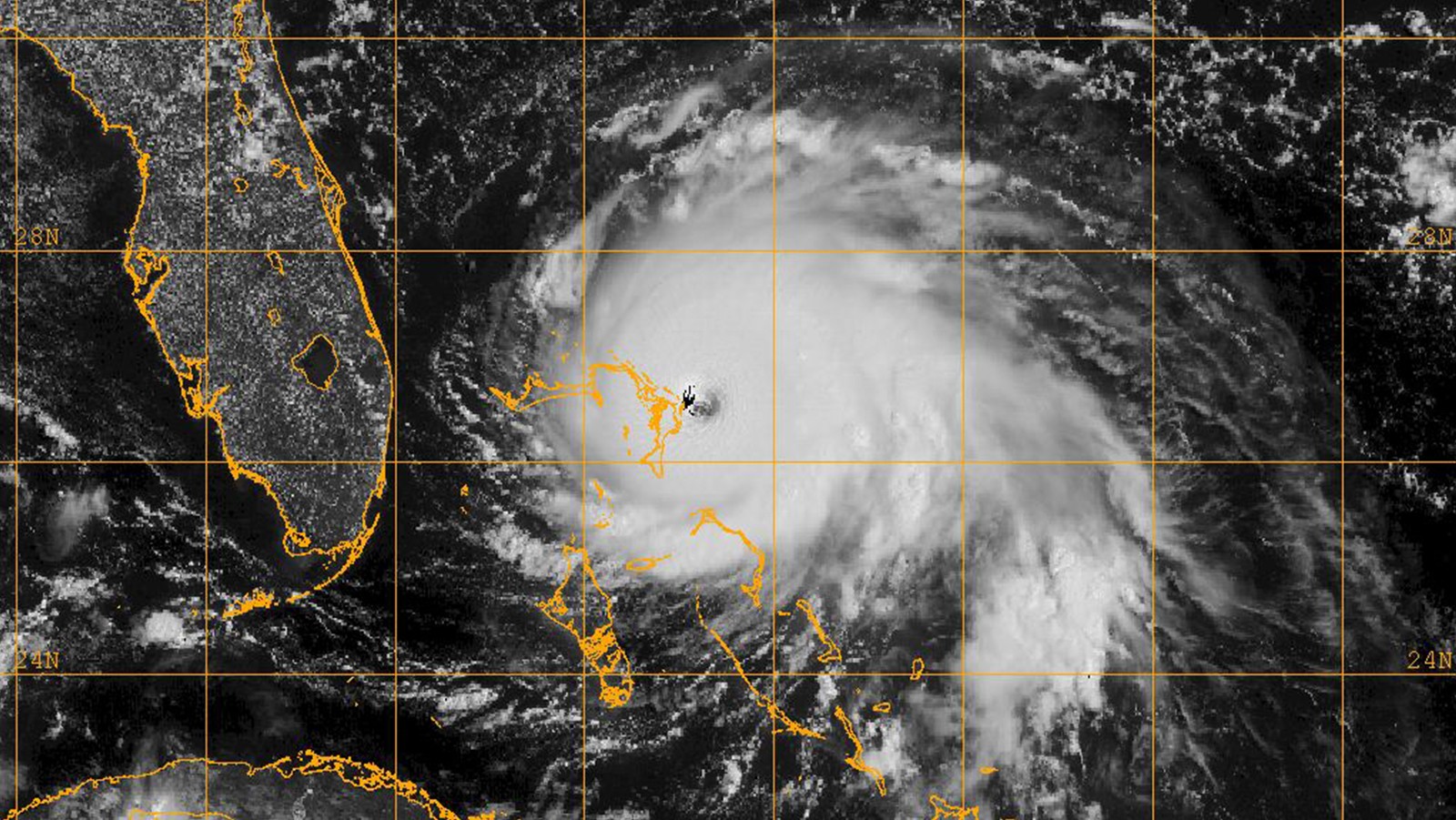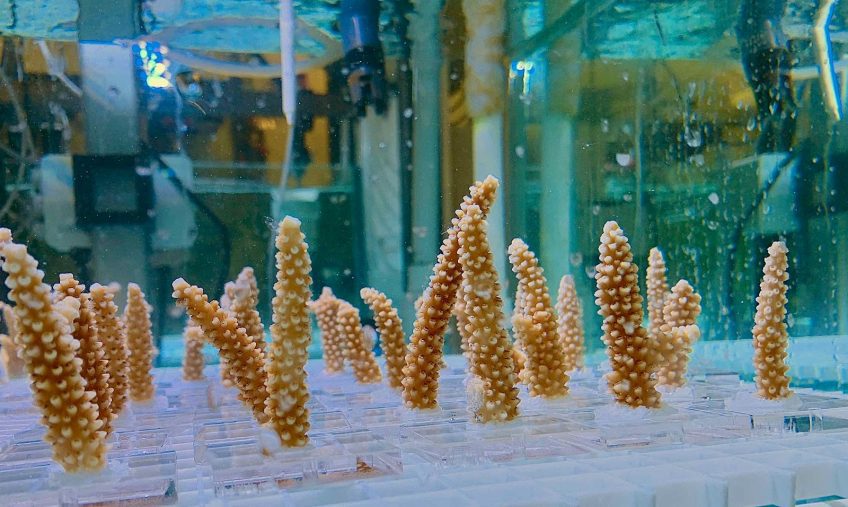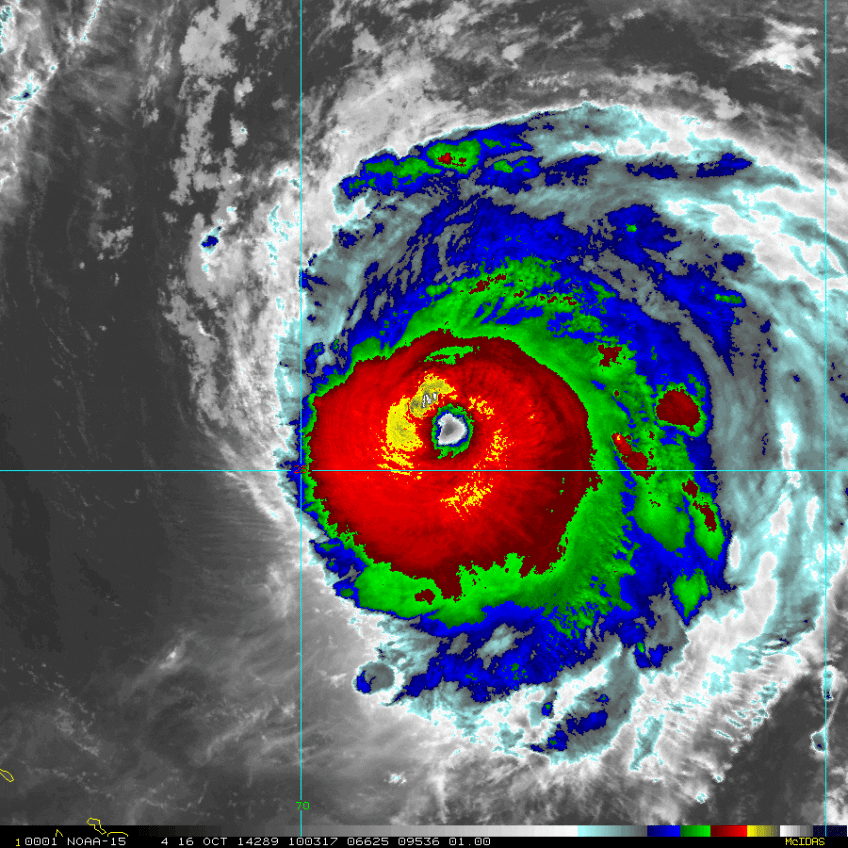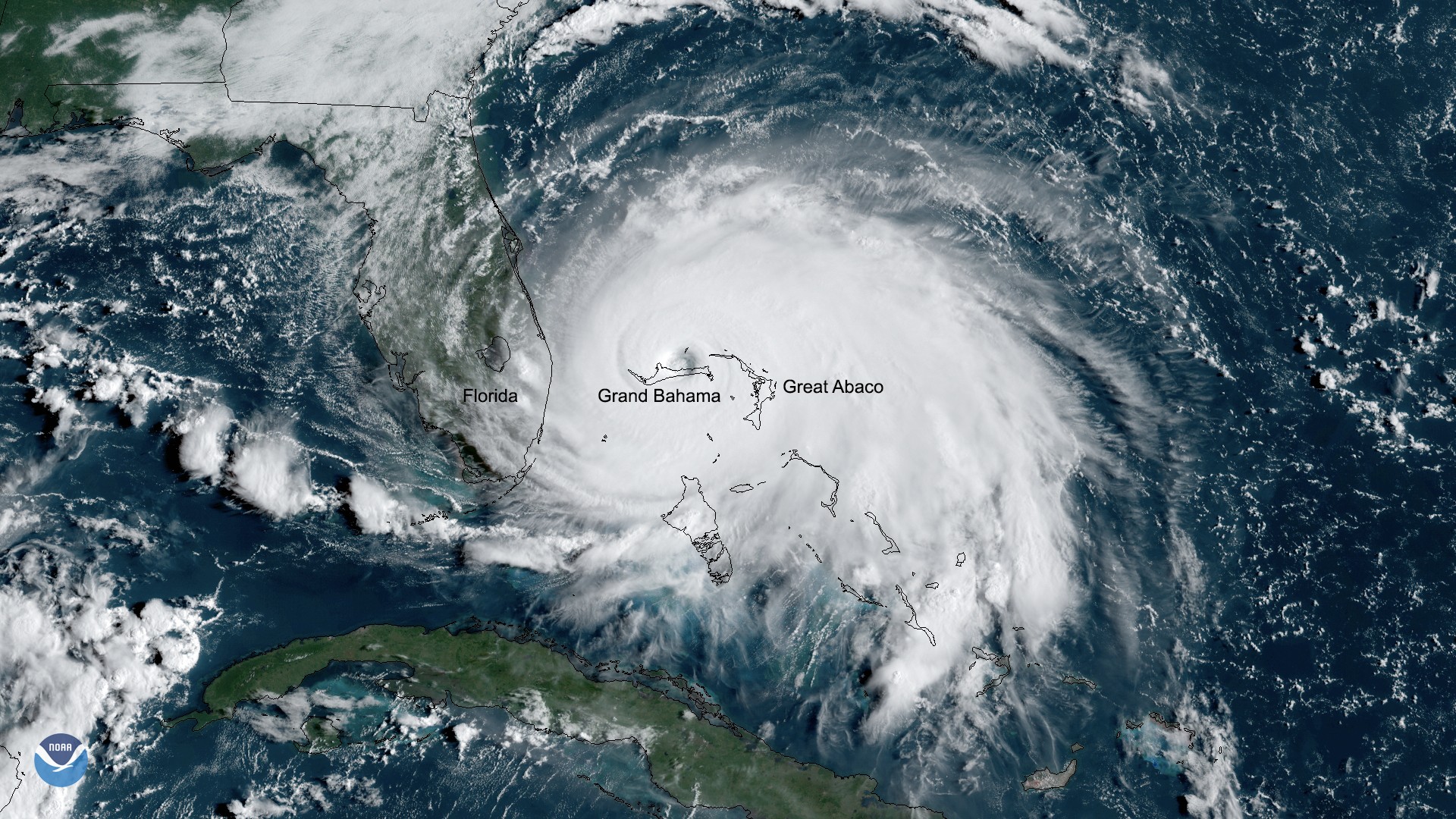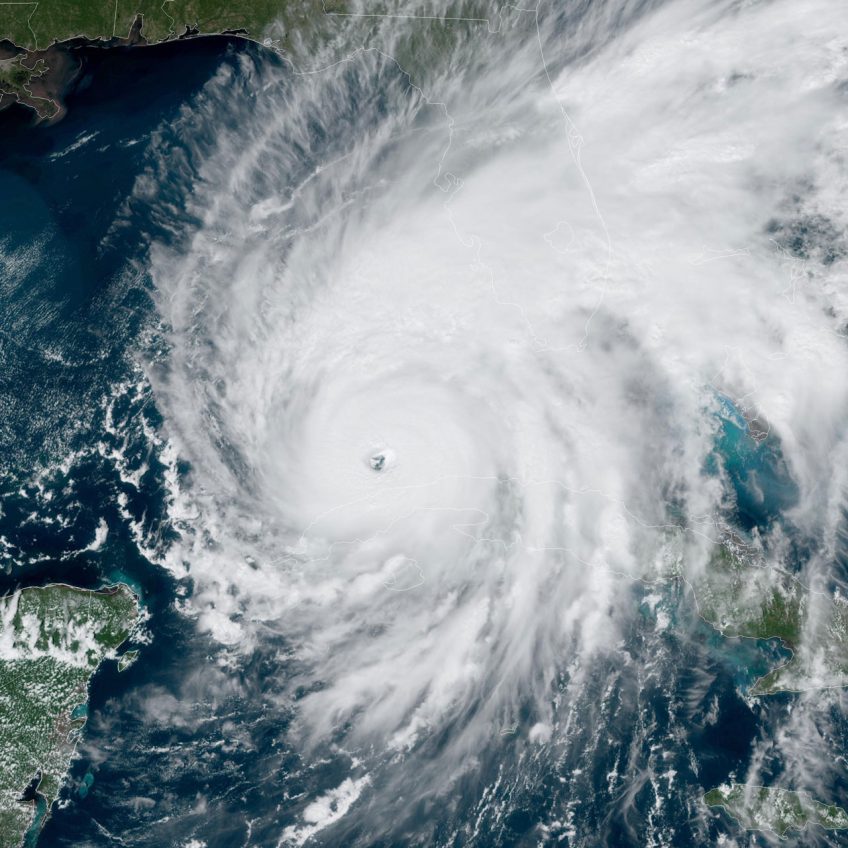Increasing Hurricane Intensification Rate Near the US Atlantic Coast
Balaguru, K., Foltz, G. R., Leung, L. R., Xu, W., Kim, D., Lopez, H., & West, R. (2022). Increasing hurricane intensification rate near the US Atlantic coast. Geophysical Research Letters, 49(20), e2022GL099793.
Plain Language Summary: While hurricanes pose a significant socioeconomic threat in general, those that intensify close to the coast are particularly challenging for operational forecasters and decision makers. Past studies examined basin-scale changes in hurricane intensification and the large-scale environment in the Atlantic. However, near-coastal changes in hurricane intensification have not been extensively studied. Herein, we address this using a combination of observations and numerical model simulations. Analysis of hurricane track data for the period 1979–2018 indicates that the mean hurricane intensification rate has increased significantly near the Atlantic coast…
Download Full Paper.
